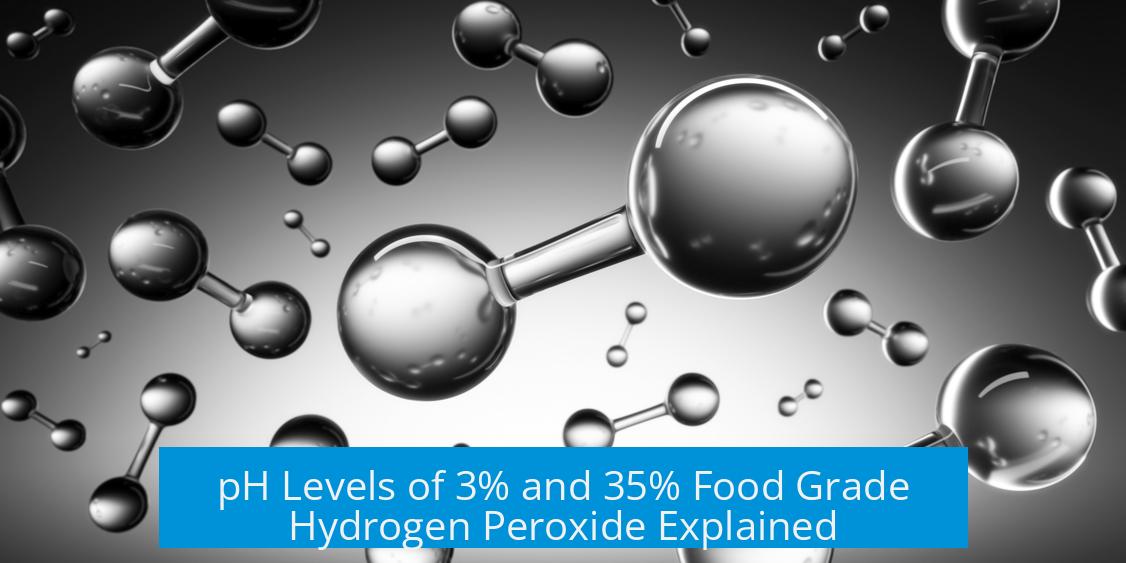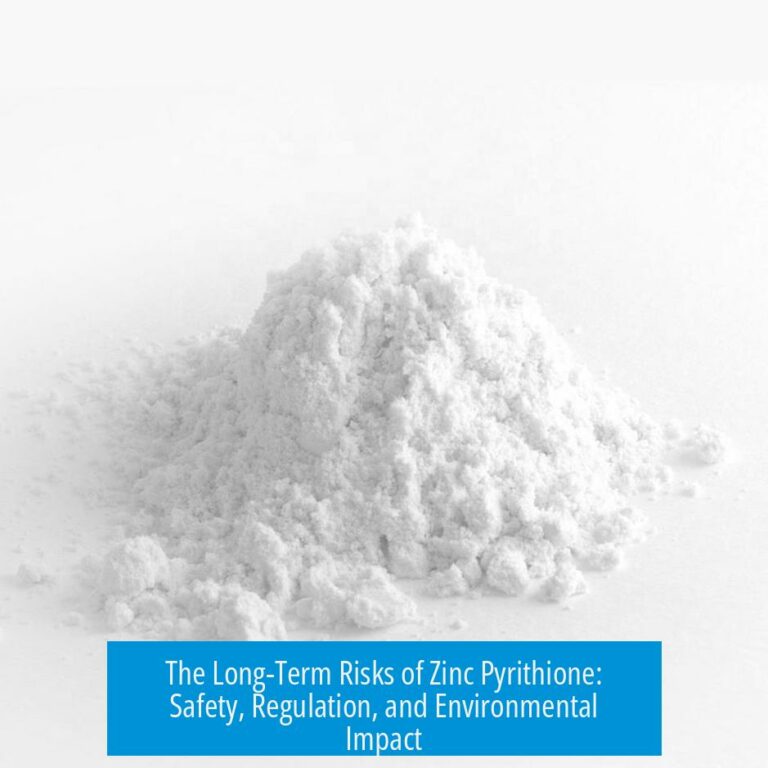pH of 3% and 35% Food Grade Hydrogen Peroxide
The pH of food grade hydrogen peroxide, whether 3% or 35%, generally lies around 3.5 to 4.0, influenced more by stabilizers than concentration differences. Hydrogen peroxide is a weak acid, but its acidity does not vary significantly with typical concentration gradients used in food applications.
Hydrogen Peroxide as a Weak Acid
Hydrogen peroxide (H2O2) is classed as a weak acid. This means it only partially dissociates in water, contributing to a mildly acidic pH, typically near 3.5 to 4.0 in dilute aqueous solutions. Both 3% and 35% food grade solutions share this acidic nature.
Role of Stabilizers in pH Variation
Food grade hydrogen peroxide often contains stabilizers to maintain its shelf life and efficacy. These additives can shift the pH more than changes in the peroxide concentration itself. For example, to improve stability, suppliers generally adjust the pH to about 3.5. This controlled acidic environment slows down decomposition.
Typical pH Ranges for Food Grade Solutions
| Concentration | Typical pH Range | Purpose |
|---|---|---|
| 3% Food Grade | 3.5 to 4.0 | Stability and usability in food processing |
| 35% Food Grade | Approximately 3.5 | Maintaining long-term stability |
pH Measurement Practices
Since pH values can differ based on formulation and additives, direct measurement is advisable. pH probes are affordable and widely available. Measuring pH provides accuracy that ensures proper handling and usage of hydrogen peroxide in food-grade applications.
Summary of Key Points
- Hydrogen peroxide is a weak acid exhibiting pH near 3.5 to 4.0 in food-grade solutions.
- Stabilizers affect pH more significantly than concentration differences between 3% and 35% solutions.
- Food grade hydrogen peroxide generally is stabilized around pH 3.5 for durability.
- Direct pH measurement is recommended for precise monitoring.





Leave a Comment